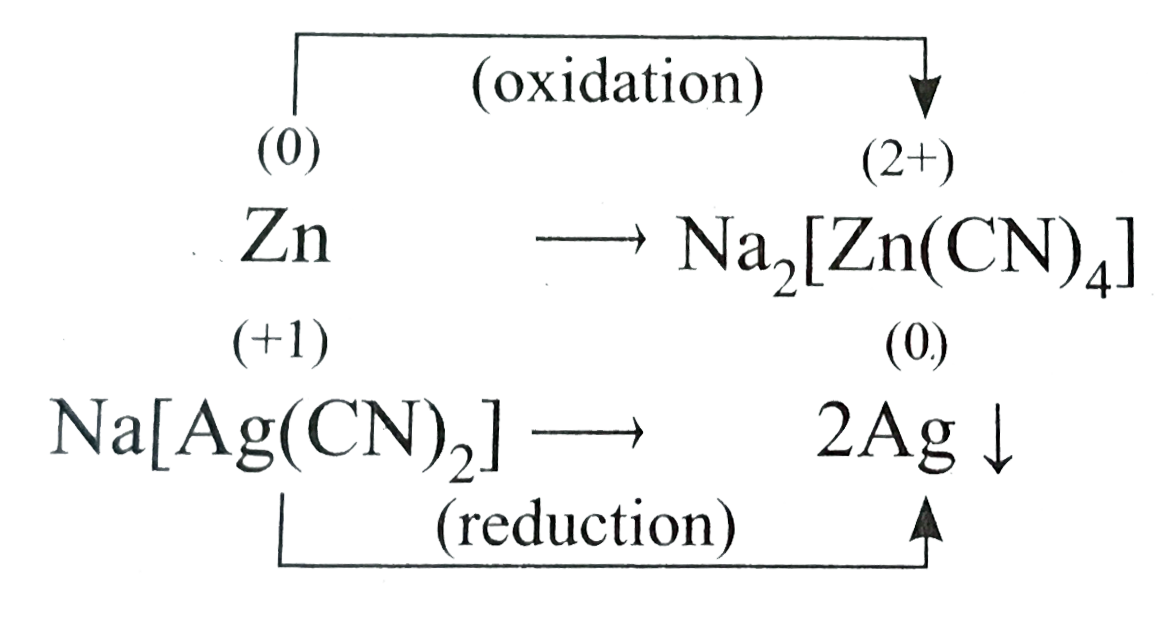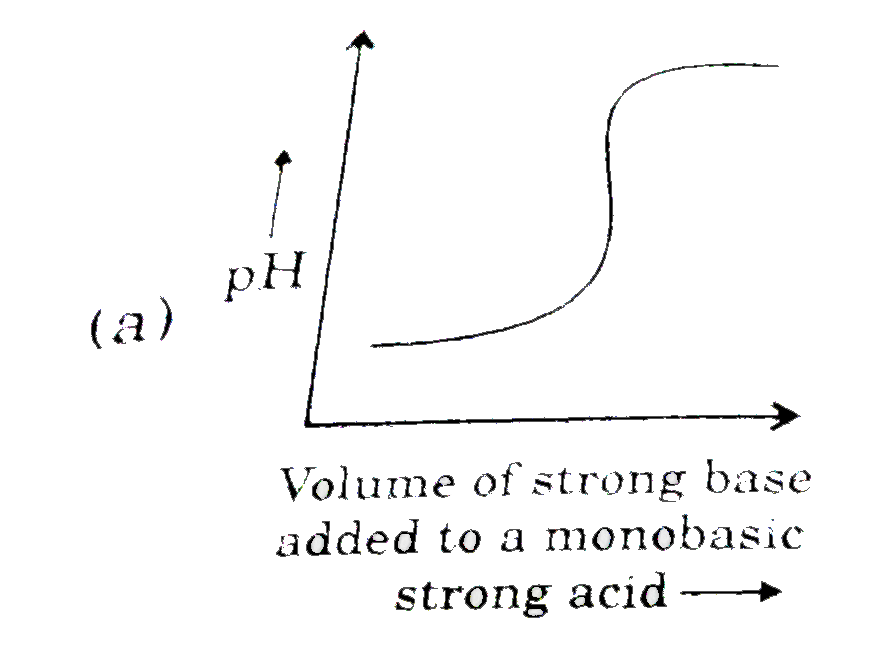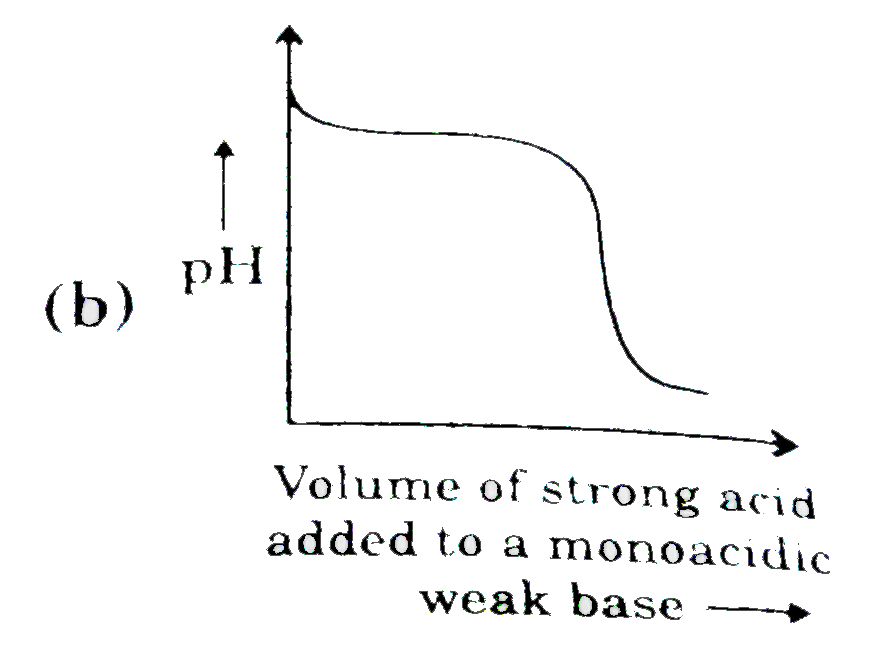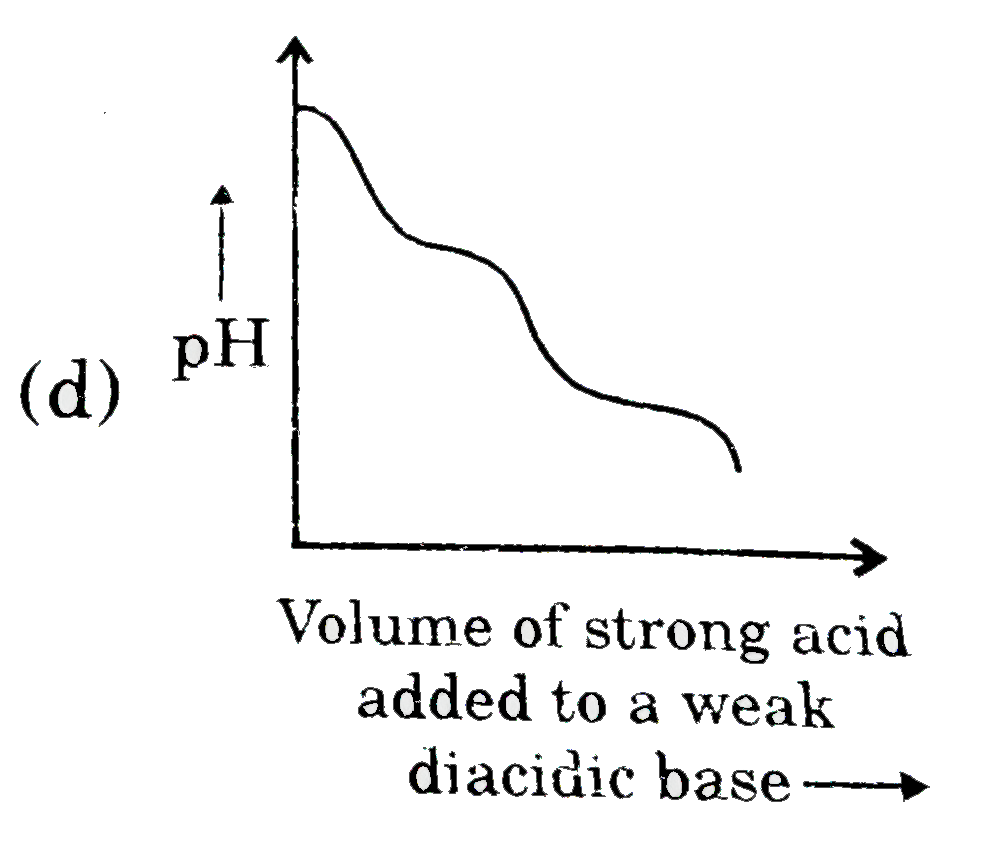Explore topic-wise InterviewSolutions in .
This section includes InterviewSolutions, each offering curated multiple-choice questions to sharpen your knowledge and support exam preparation. Choose a topic below to get started.
| 23101. |
Write the electronicconfiguration of the element with atomicnumber 102. |
| Answer» SOLUTION :`[Rn]^(88)5f^(14)4d^(0)7S^(2)` | |
| 23102. |
Which of the following forms a colloidal solution in water ? |
|
Answer» NaCl |
|
| 23103. |
The vapour pressure of a dilute solution of a solute is not influenced by : |
|
Answer» Temperature of solution |
|
| 23104. |
Which of the folliowing metal oxides is anti-ferromagnetic in nature? |
|
Answer» `MnO_(2)` |
|
| 23105. |
Which of the following is used in pyro-techniques |
|
Answer» `NH_(3)` |
|
| 23106. |
The standard electromotive force of the cell Fe|Fe_((aq))^(2+) ||Cd_((aq))^(2+) |Cd If the temperature co-officlent of emf -0.125 VK^(-1), the vàlue of triangleS^(@)" at "25^@C would be |
|
Answer» `-20.125 KJ K^(-1)` `RARR triangleS^(@)=((dE^@)/(dT)) xx nF` `=-0.125 xx 2 xx 96500` `=-24.125 xx KJ K^(-1)` |
|
| 23107. |
V.P. of a solution containing non-volatile solute is |
|
Answer» more than the vapour PRESSURE of a solvent |
|
| 23108. |
Which of the following is/are correctly matched? |
|
Answer» COPPER - BESSEMER converter. |
|
| 23109. |
Write the mechanism of the reaction of HI with methoxymethane. |
Answer» Solution :With equimolar AMOUNTS of HI and METHOXYMETHANE, a mixture of methyl ALCOHOL and methyl iodide is obtained. The mechanism is gien as under :  If however, excess of HI is used, methyl alcohol formed in STEP 2 is also converted into methyl iodide. This is explained by the following mechanism.  
|
|
| 23110. |
Which of the following pair of transition metal ions, have the same calculate values of magnetic moment ? |
|
Answer» `Co^(2+)` |
|
| 23111. |
Which of the following has tetrahedral geometry? |
|
Answer» HOBr |
|
| 23112. |
What are non-ideal solutions ? Mention the reason for the negative deviation from the Raoult's law. |
|
Answer» Solution :The solutions which do not obey Raoult.s Law over the ENTIRE range of CONCENTRATION and temperature ARECALLED as non-ideal solutions. The reason for the negative deviation from Raoult.s law is that the INTERMOLECULAR ATTRACTIVE forces betweenA-A & B-B are weaker than those between A-B and leads to decrease in vapour pressure. |
|
| 23113. |
Which of the following amines gives yellow oily liquid with nitrous acid? |
|
Answer» Ethyl amine |
|
| 23114. |
What happens to freezing point of water if ethylene glycol is added to it? |
| Answer» SOLUTION :FREEZING point of water gets LOWERED. | |
| 23115. |
Which two of the following groups are used to block a definite position in the benzene ring- |
|
Answer» `-SO_3H` |
|
| 23116. |
Two types of FXF angles are present in which of the following molecule (X = S, Xe, C) |
|
Answer» `SF_(4)` |
|
| 23118. |
Write the order of thermal stability of the hydrides of Group 16 elements. |
|
Answer» Solution :As the SIZE of the element increases down the group , the E-H (E stands for elements of Group 16 ) bond dissociation energy decreased and henced E-H bond BREAKS more easily . Thus, the thermal stability of the HYDRIDES of Group 16 elements decreases down the Group : `H_2O gt H_2S gt H_2Se gt H_2Te gt H_2Po`. |
|
| 23119. |
Whichof the following is not true of the halogens |
|
Answer» All of them have seven electrons in their OUTER shell |
|
| 23120. |
Which of the following ions has the smallest radius? |
|
Answer» `Be^(2+)` |
|
| 23121. |
Write the equation for the extraction of silver by leaching with sodium cyanide and show that the leaching proces is a redox reaction. |
|
Answer» SOLUTION :The crushed ore of argentite `(Ag_(2)S)` is leached with sodium cyanide solution.This reaction froms sodium argento cyanide Na `[Ag(CN)_(2)]`. Step1. `Ag_(2)S+4NaCN hArr2Na[Ag(CN)_(2)]+Na_(2)S` The solution of sodium argento cyanide combines with zinc dust and forms sodium TETRA cyano zincate and precipitated silver. Step2:`Zn+2Na[Ag(CN)_(2)]toNa2[Zn(CN)_(4)]+2Ag darr` In the step2,REDOX reaction TAKE place. ` (0)""(2+)` `Zn "" to ""Zn` (Oxidation) `(+1)""(0)` `Ag "to"Ag(REDUCTION)`. 
|
|
| 23122. |
The vitamin which is water soluble and antioxidant is |
|
Answer» VITAMIN E |
|
| 23123. |
Which posses the tendecy of complex formation |
|
Answer» d-block ELEMENTS |
|
| 23124. |
Which option is true? |
|
Answer» AEROSOL - SMOKE |
|
| 23125. |
The ultimate product of the hydrolysis of starch is : |
|
Answer» Glucose |
|
| 23126. |
Which of the following is diamagnetic ? |
|
Answer» `H_(2)^(+)` |
|
| 23127. |
Which one of the following nitroalkanes will give nitrolic acid with NaNO_2//conc. H_2SO_4 |
|
Answer» `CH_3-UNDERSET(CH_3)underset(|)(CH)-NO_2` |
|
| 23128. |
When nuclear energy is intended to be harnessed for generation of electricity, potentially destructive neutron released in a nuclear reactor are absorbed by |
|
Answer» LONG rods of CD |
|
| 23129. |
The standard enthalpy of formation of H_(2(g)) and Cl_(2(g)) and HCl_((g)) are 218 kJ/mol and -92.31 kJ//mol respectively. Calculate standard enthalpy change in kJ for (1)/(2)H_(2(g))+(1)/(2)Cl_(2(g))rarrHCl_((g)) |
|
Answer» `+431.99` `=-92.3-[(218)/(2)+(121.68)/(2)]=-92.3-[109+60.84]` `=-262.14 kJ//mol`. |
|
| 23130. |
The vapour pressure of a dilute solution of a solute is influeneced by: |
|
Answer» TEMPERATURE of the solution |
|
| 23131. |
Tungsten crystallizes in a body centred cubic unit cell. If the edge of the unit cell is 316.5 pm, what is the radius of the tungsten atom? |
|
Answer» Solution :a = 316.5 pm For BCC STRUCTURE, `R=(sqrt3)/(4)a=(sqrt3)/(4) xx 316.5` pm = 317.04 pm |
|
| 23132. |
Why are transition elements known as d-block elements ? |
| Answer» SOLUTION :Transition ELEMENTS are calledd-block elementsbecauseare LAST ENTERS ( n-1) d-orbital,i.e, d-orbital of the penultimate shell. | |
| 23133. |
Which of the following is the strongest acid |
|
Answer» `SO(OH)_(2)` |
|
| 23134. |
which of the followingis a flavouring agent called oil of wintergreen.: |
|
Answer» OLIVE oil |
|
| 23135. |
Give the bond dissociation order of halogens. |
|
Answer» `Br_(2)gtI_(2)gtF_(2)gtCl_(2)` |
|
| 23136. |
Which of the following ions does not give white ppt. with BaCl_2 (aq) ? |
|
Answer» `SO_4^2` |
|
| 23137. |
Write the role of Cryolite in the extraction of aluminium. |
| Answer» SOLUTION :Cryolite LOWERS the m.p. of ALUMINA to FACILITATE ELECTROLYSIS. | |
| 23138. |
Which of the following is not a pollutant ? |
|
Answer» Mercury |
|
| 23139. |
Which of the following compound have larger C-O bond length than C-O bond length of H_(3)-overset(O)overset(||)(C)-CH_(3)? |
|
Answer»

|
|
| 23140. |
Which of the following will show disproportionation when treated with 50% aqueous NaOH ? |
|
Answer» BENZYL Alcohol |
|
| 23141. |
What do you mean by the Nucleosides ? |
| Answer» Solution :A UNIT formed by joining a HETEROCYCLIC BASE to 1 position of pentose SUGAR is KNOWN as nucleoside. | |
| 23142. |
Which one is the correct graph (fig.) for the corresponding acid base titration? |
|
Answer»
|
|
| 23143. |
Which of the following contain an aldehyde? |
|
Answer» VANILLA beans Salicylaldehyde -meadow sweet Cinnamaldehyde -from cinnamon |
|
| 23144. |
Whichof the following is not a semisynthetic polymer ? |
|
Answer» CIS - polyisoprene |
|
| 23145. |
The shape of chloroform molecule is |
|
Answer» TETRAHEDRAL |
|
| 23146. |
Write the IUPAC name of the following complexes. (i) [Ag(NH_(3))_(2)]Cl (ii) [Co(en)_(2)Cl_(2)]Cl (iii)[Cu(NH_(3))_(4)]SO_(4) (iv) [Co(CO_(3))(NH_(3))_(4)]Cl (v) [Cr(NH_(3))_(3)(H_(2)O)_(3)]Cl_(3) |
|
Answer» SOLUTION :`(i) [Ag(NH_(3))_(2)]Cl` -Diammine SILVER (I) Chloride `(ii) [CO(en)_(2)Cl_(2)]Cl` -Dichloridobis (ETHANE -`1,2`-diamine) Cobalt (III) chloride. `(iii)[CU(NH_(3))_(4)]SO_(4)` -Tetraammine copper (II) Sulphate `(iv) [Co(CO_(3))(NH_(3))_(4)]Cl` -Tetrammine carbanto cobalt (III) chloride `(v) [Cr(NH_(3))_(3)(H_(2)O)_(3)]Cl_(3)`-Triammine tri aqua chrmium (III) chloride |
|
| 23147. |
underset(S^(@)(298K)K^(-1)mol^(-1))(H^(+)(aq))+underset(-10.7)(OH^(-)(aq))rarrunderset(+70)(H_(2)O(l)) Standard entropy change for the above reaction is |
|
Answer» `60.3 JK^(-1) MOL^(-1)` `DELTAS^(@)(298 K)=DeltaS_(P)-DeltaS_(R)=70-(-10.7+0)` `80.7 JK^(-)mol^(-1)` |
|
| 23148. |
Vapour pressure of an aqueous solution of glucose is 750 mm of Hg at 373 K. Calcualte the molality and mole fraction of solution? |
|
Answer» Thus, `n_(2)=(10)/(760)xx(1000)/(18)=0.73`, i.e., molality = 0.73. |
|
| 23149. |
Which of the following anions will have minimum flocculation value for the ferric oxide solution? |
|
Answer» `Cl^(-)`<BR>`Br^(-)` |
|
| 23150. |
The salt which is not decomposed by dil. H_2 SO_4 and conc. H_2 SO_4, will contain |
|
Answer» Sulphite ion |
|







